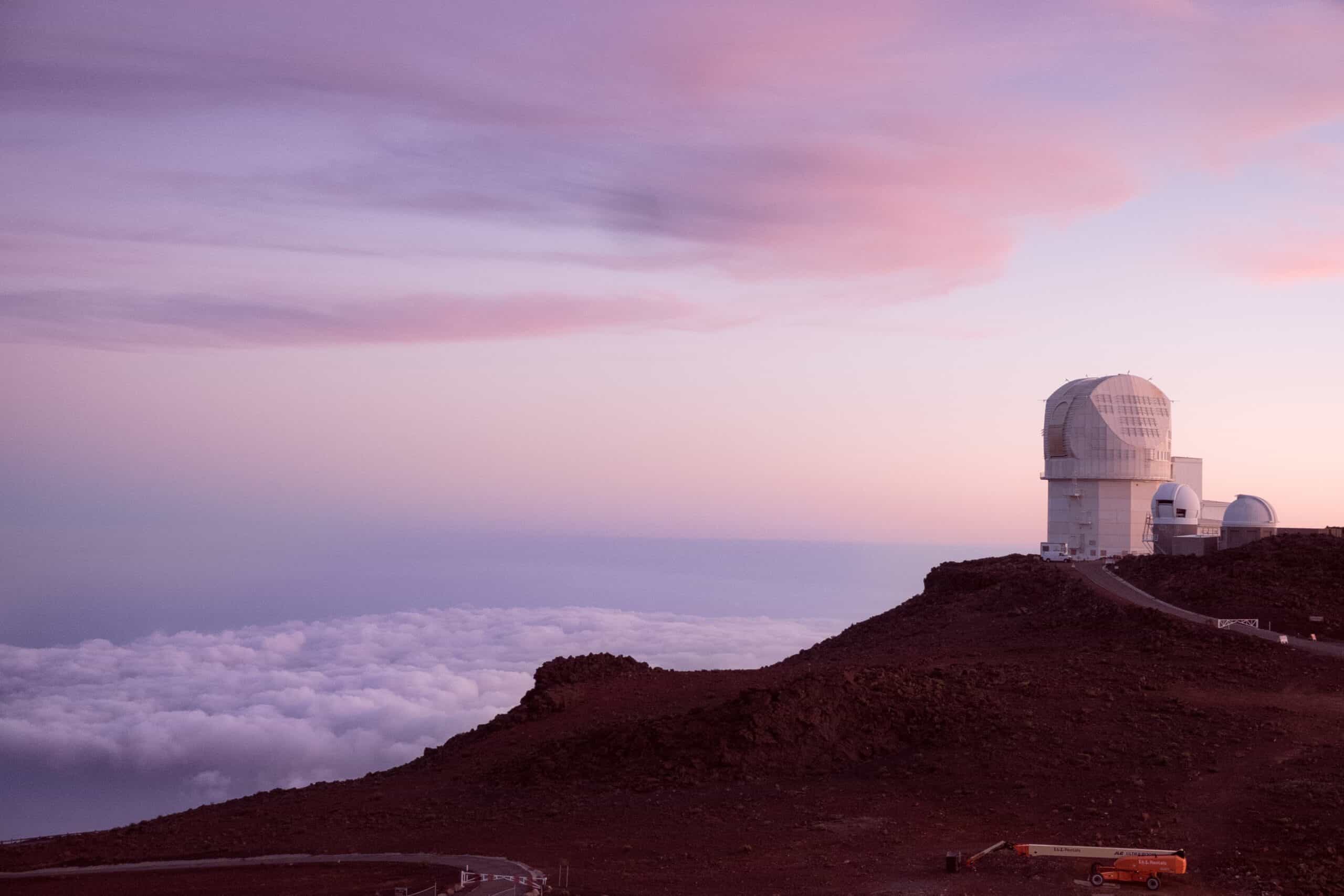Modern observatories began to be built in Europe in the 17th century after the telescope was invented. In 1667, a large state observatory was opened in Paris. Along with the instruments of ancient astronomy, large refractor telescopes were already used here. In 1675, the Royal Greenwich Observatory was opened on the outskirts of London.
In 1692, the first Russian observatory was founded in Kholmogory by the priest Afanasy Lyubimov. In 1701, by decree of Peter I, an observatory was created at the Navigation School in Moscow. Founded in 1839, the Pulkovo Observatory was equipped with the most advanced instruments, which made it possible to obtain high-precision results. For this, Pulkovo Observatory was called the astronomical capital of the world, and to this day it remains the main one among twenty Russian observatories.
The buildings of modern optical observatories are built in a cylindrical or multi-faceted shape: these are towers in which telescopes are installed. The weight of the optical device can reach several hundred tons, and it is driven by motor systems. For inspection and repair, parts of the telescope are removed using a crane. The multi-layer dome of the observatory is made of steel and equipped with shutters moving along rails. The building of the observatory necessarily includes an air conditioning system for cooling the dome and computers, as well as offices of scientists, elevators, wide main gates, allowing the import of bulky equipment.
Observatories are usually located far from cities, in areas with low clouds and illumination, if possible – on high plateaus, where atmospheric turbulence is insignificant and infrared radiation absorbed by the lower atmosphere can be studied.
There are specialized observatories that work according to a narrow scientific program – radio astronomy or mountain stations for observing the Sun. There are observatories on board spaceships and on orbital stations. For example, the TESS spacecraft has discovered more than 2,100 planets in two years of operation.
